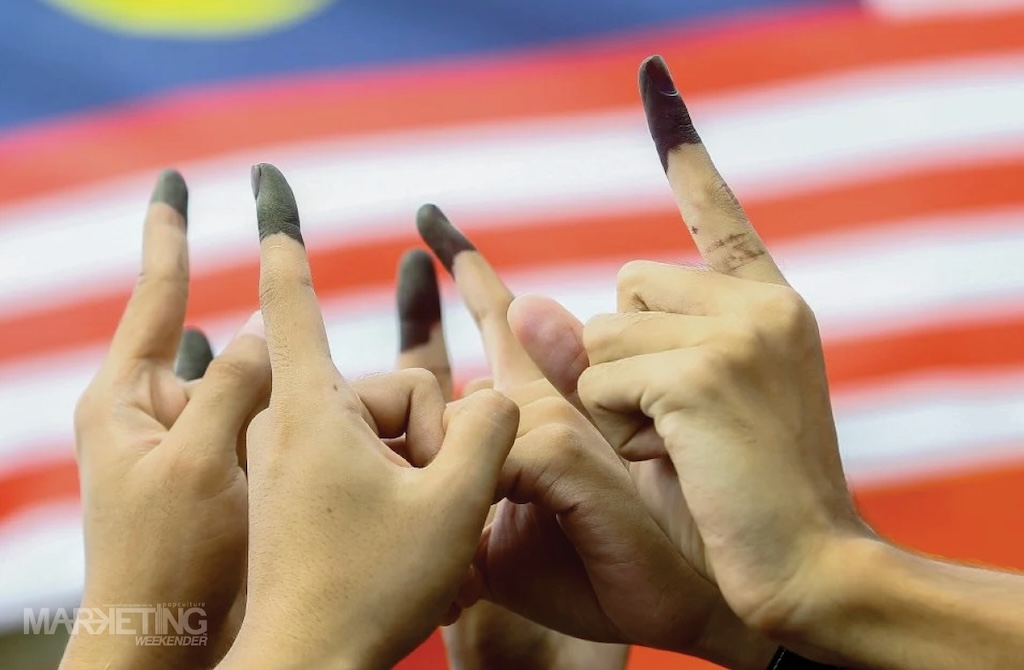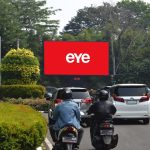By The Malketeer
The stealth-like impact of micro-moments in marketing campaigns cannot be ignored.
As consumers’ reliance on mobile devices continues to grow, brands now have an incredible opportunity to take advantage of these micro-moments to make a profound impact on sales by meeting their customers’ needs in real-time and delivering personalised experiences.
Understanding Micro-Moments
Micro-moments occur throughout the consumer journey and can be classified into four key categories: “I-want-to-know,” “I-want-to-go,” “I-want-to-do,” and “I-want-to-buy” moments.
In these fleeting seconds, consumers are seeking immediate answers, and brands that deliver relevant and helpful information during these moments can stand out and influence purchase decisions.
Leveraging Micro-Moments to Catapult Sales
Mobile Optimisation: Brands must ensure their websites, apps, and content are mobile-friendly to cater to consumers who seek instant information on their smartphones. This includes quick-loading pages, easy navigation, and a seamless user experience.
Relevant Content: Crafting relevant and engaging content is crucial in capturing consumers’ attention during micro-moments. Brands must provide concise, value-driven information that directly addresses consumers’ needs at that precise moment.
Personalisation: Utilising consumer data to deliver customised content during micro-moments can significantly impact sales. Tailoring recommendations and offers based on past behaviours can further enhance the likelihood of conversion.
Real-Time Engagement: Social media platforms provide an opportunity for real-time engagement with consumers during micro-moments. Responding promptly to inquiries and feedback demonstrates a brand’s commitment to customer satisfaction.
Brands Thriving on Micro-Moments
Google: As the pioneer of micro-moments, Google has developed tools like “Google My Business” that allow brands to provide essential information such as location, operating hours, and contact details in local search results, catering to the consumers’ “I-want-to-go” moments.
Starbucks: Starbucks leverages mobile ordering and payment options, allowing customers to satisfy their “I-want-to-buy” moments swiftly and conveniently.
Nike: Through their Nike Training Club app, the brand harnesses on consumers’ “I-want-to-do” moments by offering quick and accessible workout routines, establishing Nike as an authority in fitness.
What is the impact of Micro-Moments in the upcoming state elections?
Social Media Engagement: Social media platforms like Facebook, Twitter, Instagram, Tiktok, and WhatsApp are essential channels for reaching voters during micro-moments. Political parties can use these platforms to share bite-sized information, infographics, and videos, addressing voters’ questions and concerns.
Live Streaming: Organise live streams of political rallies, town hall meetings, and candidate debates to allow voters to engage in real-time, fostering a sense of participation and involvement.
Geo-Targeted Messaging: Utilise geo-targeted advertising to deliver campaign messages specific to each region or constituency. This will enable parties to address local issues, building a more endearing connection with voters.
WhatsApp Campaigns: Given the popularity of WhatsApp in Malaysia, parties can set up WhatsApp chatbots or broadcast lists to send timely updates, event invitations, and policy highlights to voters’ phones.
Mobile Apps: Develop a dedicated mobile app that offers quick access to party manifestos, candidate information, and updates on campaign events. The app can also provide a platform for voters to voice their opinions and feedback.
Short Video Content: Create short, impactful video content that highlights key campaign messages and showcases the candidates’ vision for the state. These videos should be easily shareable and optimised for mobile viewing.
Gamification: Gamify certain aspects of the campaign to engage younger voters. For example, create quizzes or challenges related to political issues or party policies, offering rewards for participation.
Influencer Partnerships: Collaborate with local influencers or community leaders who have a significant following in specific regions to amplify campaign messages and connect with a broader audience.
Real-Time Response: Rapidly respond to queries and feedback from voters on social media, showcasing the party’s attentiveness to citizens’ concerns.
Data Analytics: Utilise data analytics to understand voter behaviour and preferences, helping to tailor messages and campaigns to resonate better with different segments of the electorate.
Mobile Voting Information: Offer voters easy access to information on polling stations, voting procedures, and registration details via mobile apps or social media to encourage higher voter turnout.
Micro-Targeting: Employ micro-targeting techniques to identify and reach specific voter segments, delivering tailored messages and policy information that align with their interests.
By creatively and strategically harnessing micro-moments in election campaigns, political parties can increase their visibility, engage voters on a personal level, and potentially influence election outcomes at the ballot boxes on 12 August 2023.
MARKETING Magazine is not responsible for the content of external sites.









